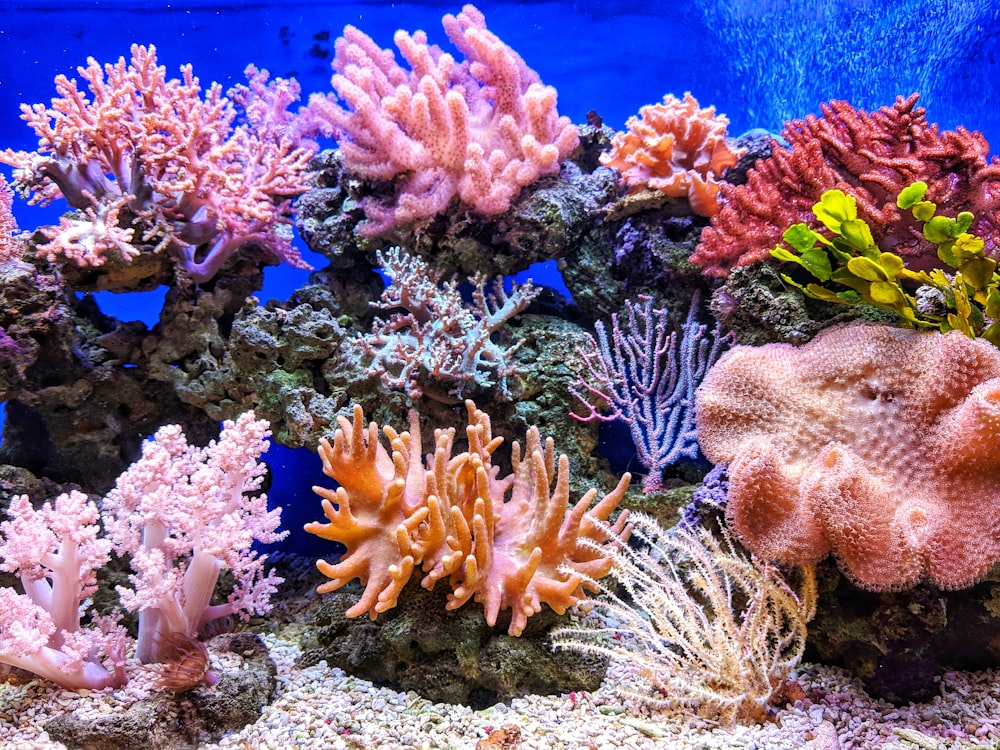CORAL BLEACH IN 2023


- The primary cause of coral bleaching is the rising sea temperatures associated with climate change.
- When the water becomes too warm, corals become stressed, and as a survival mechanism, they expel the algae, which leads to the loss of their main source of food.
- Without the colourful algae, the corals appear bleached and are more vulnerable to disease and death
- Other factors can contribute to coral bleaching as well, including ocean acidification, pollution, and extreme weather events.
- All of these stressors can weaken the corals and make them more susceptible to bleaching.
- Coral bleaching is a significant concern for the health and survival of coral reefs around the world.
- Repeated or prolonged bleaching events can lead to mass coral die-offs, causing the loss of biodiversity and the degradation of entire reef ecosystems
- Coral reefs are hot spots of biodiversity. They are often referred to as the rainforests of the sea because they are home to the highest concentrations of species in the ocean.
- Healthy reefs are vibrant ecosystems that support fish and fisheries, which in turn support economies and food for millions of people
- Additionally, they provide billions of dollars in economic activity every year through tourism, particularly in places like the Florida Keys, where people go to scuba dive, snorkel, fish and experience the natural beauty of coral reefs
- If that isn’t enough, reefs also protect shorelines, beaches and billions of dollars in coastal infrastructure by buffering wave energy, particularly during storms and hurricanes.
- They host a microscopic symbiotic algae called zooxanthella that photosynthesizes just like plants, providing food to the coral
Coral reefs are in danger, and there are many things that can be done to protect them. Here are some of the most important actions that individuals, businesses, and governments can take:
- Reduce your carbon footprint. The main threat to coral reefs is climate change, so reducing your carbon emissions is one of the most important things you can do to help. This means driving less, using less energy at home, and eating less meat.
- Support sustainable fishing practices. Overfishing is another major threat to coral reefs. When fish populations are depleted, it can lead to algae blooms that smother coral reefs. Choose to eat seafood that is sustainably caught, and support businesses that practice sustainable fishing methods.
- Use reef-friendly sunscreen. Some sunscreen ingredients can be harmful to coral reefs. Choose a reef-friendly sunscreen that does not contain oxybenzone or octinoxate.
- Support marine protected areas. Marine protected areas (MPAs) are areas of the ocean where fishing and other human activities are restricted. MPAs can help to protect coral reefs by reducing the amount of pollution and fishing pressure they face.
- Volunteer your time to coral reef conservation efforts. There are many organizations that are working to protect coral reefs. You can volunteer your time to help with beach cleanups, coral reef monitoring, or other conservation efforts.
- Establish Marine Protected Areas (MPAs): Designating and effectively managing marine protected areas can help protect coral reefs and the surrounding marine life from destructive activities such as overfishing, pollution, and habitat destruction.
- Encourage Responsible Tourism: Sustainable tourism practices can minimize the negative impacts on coral reefs. This includes promoting responsible diving and snorkeling practices, limiting physical contact with corals, and avoiding the use of harmful chemicals like sunscreen that can harm marine life
|
For Prelims: Corals, Coral reefs, polyps, zooxanthellae
For Mains: 1.Examine the major human-induced threats to coral reefs, including pollution, overfishing, and coastal development. What measures can be taken to address these threats and conserve coral reef ecosystems?
2.Assess the role of Marine Protected Areas (MPAs) in safeguarding coral reefs. Discuss the challenges in establishing and effectively managing MPAs for coral reef conservation. |
|
Previous Year Questions
1. Consider the following Statements
1. Most of the coral reefs are in tropical waters
2. More than one-third of the world's coral reefs are located in territories of Australia, Indonesia, and Phillippines
3. Coral reefs host far more number of animal phyla than those hosted by tropical rainforests
Which of the statements above given is/ are correct
A. 1 and 2 B. 3 Only C. 1 and 3 D.1, 2, 3
Answer- D
|




